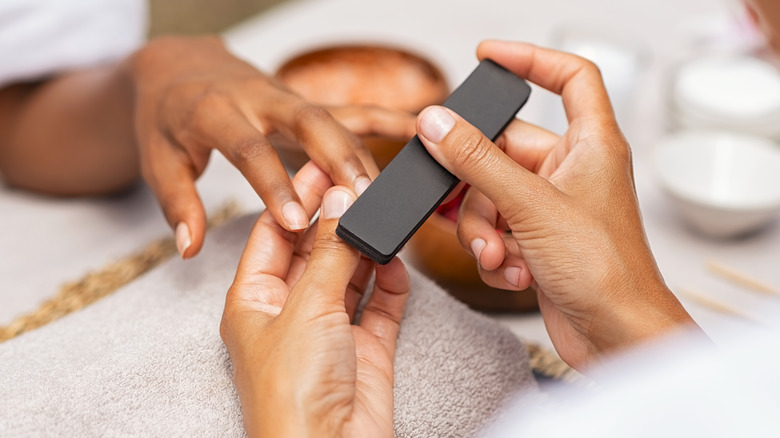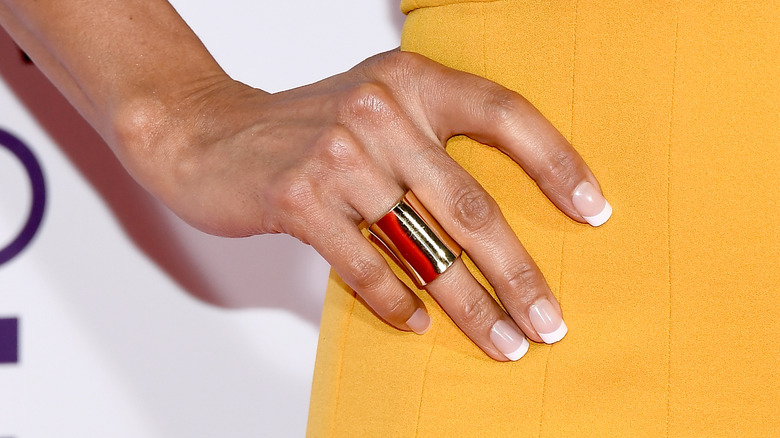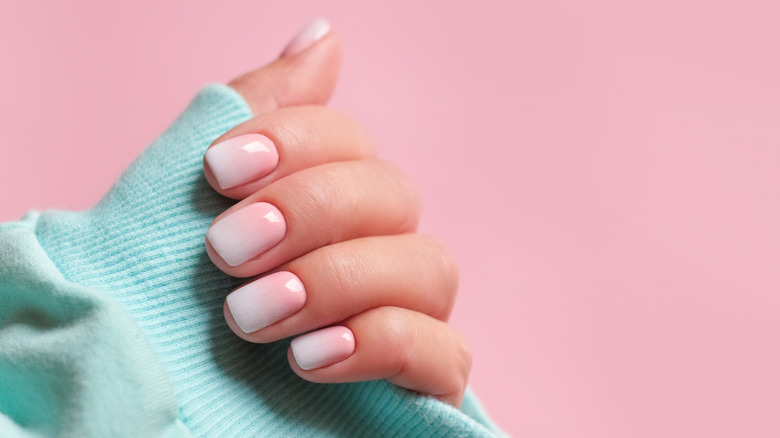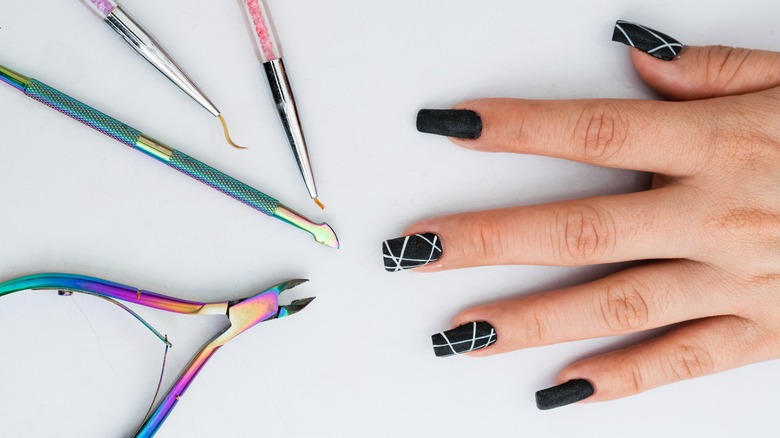American, French, Russian: What's The Difference Between These Global Manicures?
Nails can be a wonderful tool for self-expression. They can bring an outfit together all while making your hands look more elongated. But with all the different designs, patterns, shapes, lengths, and techniques out there, it may be difficult to narrow down the right nail option for you.
Not only that, but social media such as TikTok has brought even more enhanced nail trends to light. While you've probably heard of the chic French manicure that has been around for decades, there have been two new manicure types that have been making waves in the past years: the American manicure and the Russian manicure. But what exactly are the differences between French, American, and Russian manicures? Keep reading to find out all the details about their designs, how to maintain them, and whether you should hit a professional salon or keep things low-key at home.
What are French manicures?
A classy option composed of a skin-toned base and bright white tips, the French manicure — aka French tips — actually has American origins. The technique was popularized by the former beauty supplier, president, and CEO of ORLY International, Jeff Pink (via WhoWhatWear). According to Pink, he wanted to decrease the time between costume changes, so that the talent wouldn't have to change their nail color to match their outfit. He went with two universal tones of pink and white, and the look blew up once it hit Paris runways, hence its name.
Since then, the French manicure has made massive waves and is now considered a timeless classic. The best part about French manicures is their adaptability. They can be worn in any shape and any length, and the tip can be adjusted if you want a more natural look. OPI global ambassador Harriet Westmoreland told Vogue that barely-there, thin micro-french tips are what's in for 2023.
When it comes to maintenance, a French manicure can last up to three weeks with gel polish and seven days with regular polish (via Elle).
What are American manicures?
While the French manicure may go back for decades, the American manicure is a more modern take on the ultra-clean look. Basically, the American manicure uses a nude base that resembles the color of your natural nail. The difference between American and French manicures is that with American manicures, the tip is blended in for a more seamless look as opposed to a stark contrasting line like French manicures.
"Unlike the French manicure, which is thicker and consists of more blunt tips, the American manicure has a softer, more seamless transition from a natural nude to a subtle, lighter tip." celebrity manicurist Lisa Kon told Refinery29.
Another element of the American manicure is that it uses a glossy finish, and the tips are more often off-white and will more closely match your skin tone compared to the stark white of French trips. Better yet, because the American manicure will so closely mimic your natural nail colors, you can grow this style out for a long time without having to worry about it looking awkward.
What are Russian manicures?
While French and American manicures refer to the design of the nail, when people talk about Russian Manicures, they are referring to the process in which the nail is applied. Russian manicures have been popular in Europe, and are starting to gain traction in America, thanks to social media.
The Russian manicure is a totally different style of application, where as opposed to gel or acrylic polishes, Russian manicures require zero water on the nail. Instead of soaking the nail to soften it and push the cuticle back, the cuticle is completely removed with an electric tool.
"This allows the manicurist to go deep into that pocket in order to get the nail polish or gel polish underneath so your manicure is flawless without Photoshop and lasts longer," celebrity manicurist Elle Gerstein told InStyle.
After this, a base coat is applied, followed by placing the polish on the nail intricately with a thin brush. The best part about Russian manicures is their longevity, as they can last up to a whopping five weeks (via WhoWhatWear).



